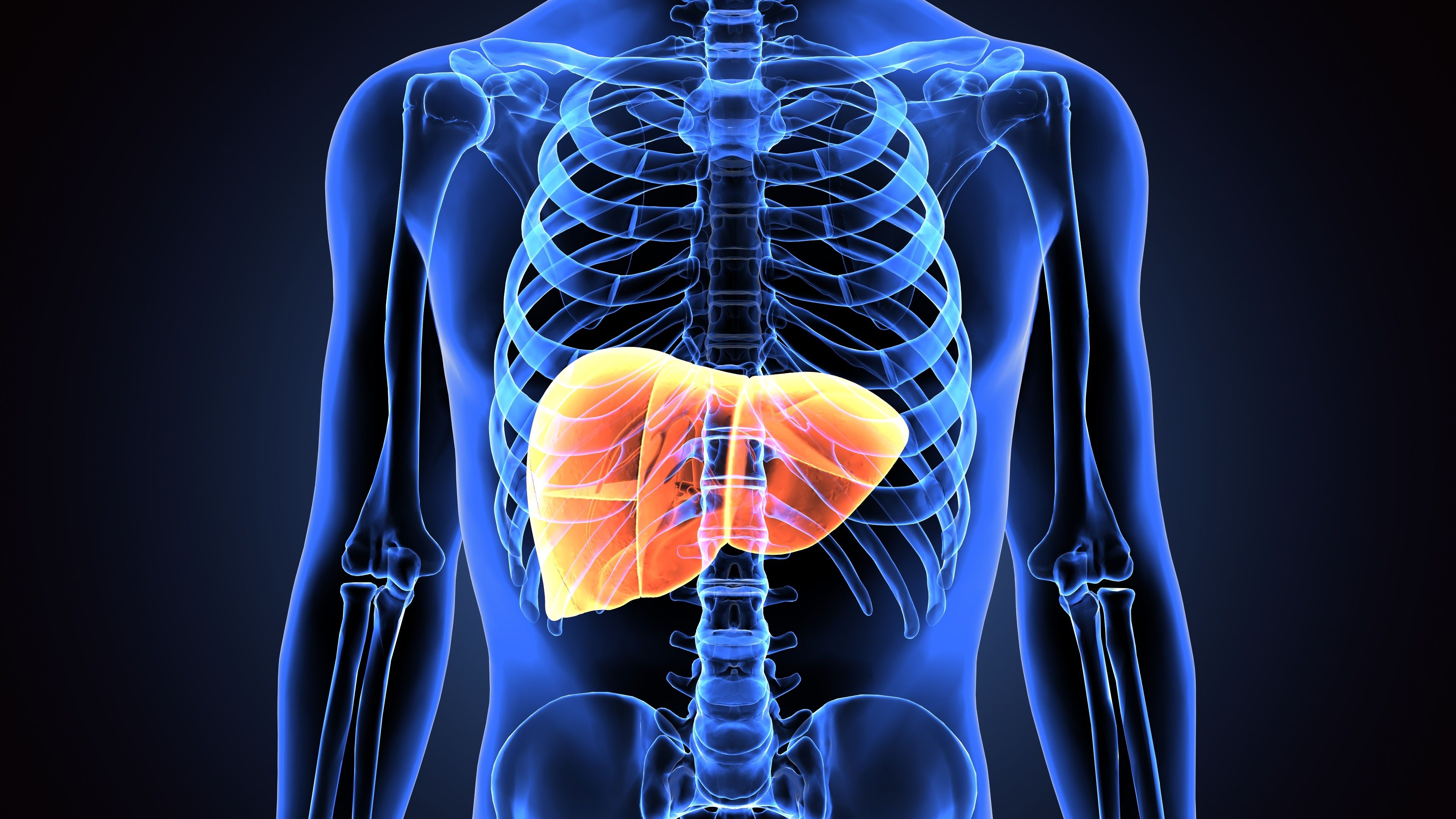- Center on Health Equity & Access
- Clinical
- Health Care Cost
- Health Care Delivery
- Insurance
- Policy
- Technology
- Value-Based Care
Liver Steatosis, Fibrosis Highly Prevalent in People Living With HIV
The prevalence of liver steatosis was higher in people living with HIV compared with liver fibrosis, although both liver conditions are prevalent for these individuals.
Liver steatosis was more prevalent in people living with HIV compared with liver fibrosis, according to a study published in HIV Medicine.1 However, both liver conditions remained prevalent in this population.
Metabolic dysfunction-associated steatotic liver disease (MASLD), formerly known as nonalcoholic fatty liver disease, is a condition that affects approximately 30% of patients around the world,2 with complications including nonalcoholic steatohepatitis, formerly known as metabolic dysfunction-associated steatohepatitis; hepatocellular carcinoma; and cirrhosis. Patients with HIV are at a higher risk of contracting this condition as well as liver fibrosis but the prevalence of the conditions, alongside liver steatosis, remains unclear. This study aimed to assess the prevalence of liver steatosis and liver fibrosis in people living with HIV, specifically in populations more susceptible to the conditions.
All participants were patients at the Hospital Clinic of Barcelona in Spain. Participants were included if they had attended the clinic between September 1, 2022, and September 30, 2023, for at least 1 routine visit. Participants were excluded if they had positive hepatitis C serology or positive hepatitis B virus surface antigen to avoid confounding factors. Liver steatosis was assessed using the Hepatic Steatosis Index (HSI) and the Fatty liver Index (FLI); liver fibrosis was screened through the use of NAFLD Fibrosis Score (NFS) and Fibrosis-4 (FIB-4) index. Liver steatosis was defined as a HSI score of 36 or more or a FLI score of 60 or more. An NFS score of more than 0.675 or a FIB-4 score of more than 2.67.
Liver steatosis is highly prevalent in patients living with HIV | Image credit: PIC4U - stock.adobe.com

There were 4664 people living with HIV who were included in this study. Most of the participants were men (86%) and the median (IQR) age of the cohort was 46 (37-56) years. A little less than half were born in Spain (46%). Hypertension (10%) and diabetes (3%) were the most prevalent comorbidities and dideoxynucleoside drug (d-drug) use was reported in 31% of the population. Undetectable viral loads were reported in 94% of the population with a median CD4 cell count of 707 (531-925).
FLI and HSI scores were only available in 37% and 76% of the cohort, respectively. An FLI score of 60 or more was found in 19% of those with data and an HSI score of 36 or higher was found in 28% of those with data, with an 83.3% concordance between the scores. People with higher risk were older, female, more often born in Spain, had a higher body mass index, had a higher HIV viral load at diagnosis, and had more comorbidities. A lower probability of liver steatosis was found in smokers (OR, 0.63; 95% CI, 0.53-0.76) whereas independently associated factors for liver steatosis included age (OR, 1.03; 95% CI, 1.02-1.03), hypertension (OR, 2.44; 95% CI, 1.47-3.39), diabetes mellitus (OR, 3.03; 95% CI, 1.68-5.47), and higher first HIV viral load (OR, 1.07; 95% CI, 1.01-1.13).
Liver fibrosis had a lower prevalence overall, with only 1% of the population classified as having the condition based on NFS and only 2% defined as having the condition using the FIB-4 score, with 99% concordance. An additional 2% were found to have a high risk of fibrosis overall. A lower probability of liver fibrosis was found in participants who had current therapy with integrase strand transfer inhibitors (OR, 0.47; 95% CI, 0.27-0.82) or had a higher current count of CD4 T-cells (OR, 0.85; 95% CI, 0.81-0.90). Previous exposure to d-drugs was found to lead to a higher prevalence of liver fibrosis (OR, 4.80; 95% CI, 2.77-8.31).
There were some limitations to this study. There is a large amount of missing data that could result in the findings underestimating prevalence of both liver steatosis and liver fibrosis. Prevalence bias and reverse causation are possible due to the study design. Causality could not be confirmed. Confounding factors not included in the study could have affected the results of the study as well.
The researchers concluded that the prevalence of liver steatosis in patients with HIV was high and encourages effective screening to avoid long-term effects. Interventions to address cardiovascular prevention can also help patients with HIV and MASLD avoid worse outcomes.
References
- Laguno M, de Lazzari E, Berrocal L, et al. Burden of liver steatosis and liver fibrosis in a large cohort of people living with HIV. HIV Med. Published online November 7, 2024. doi:10.1111/hiv.13730
- Younossi ZM, Koenig AB, Abdelatif D, Fazel Y, Henry L, Wymer M. Global epidemiology of nonalcoholic fatty liver disease—meta-analytic assessment of prevalence, incidence, and outcomes. Hepatology. 2016;64(1):73-84. doi:10.1002/hep.28431
